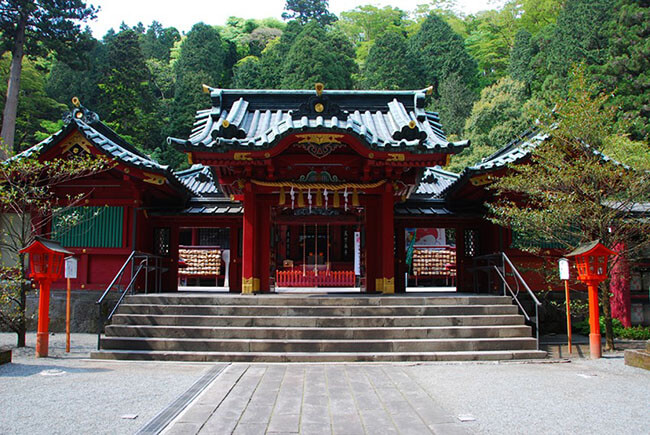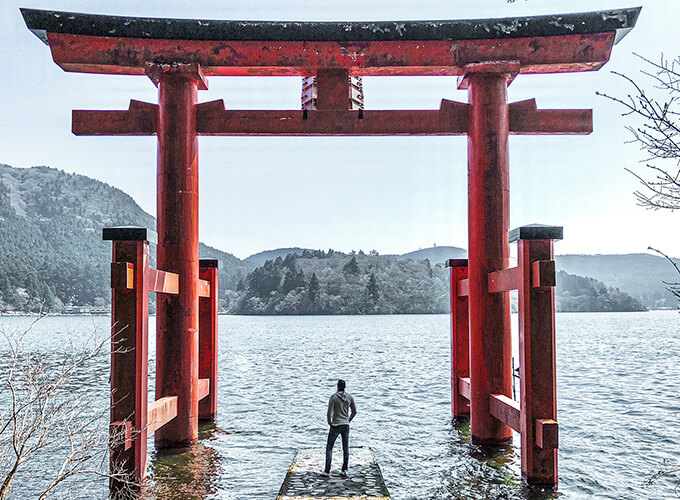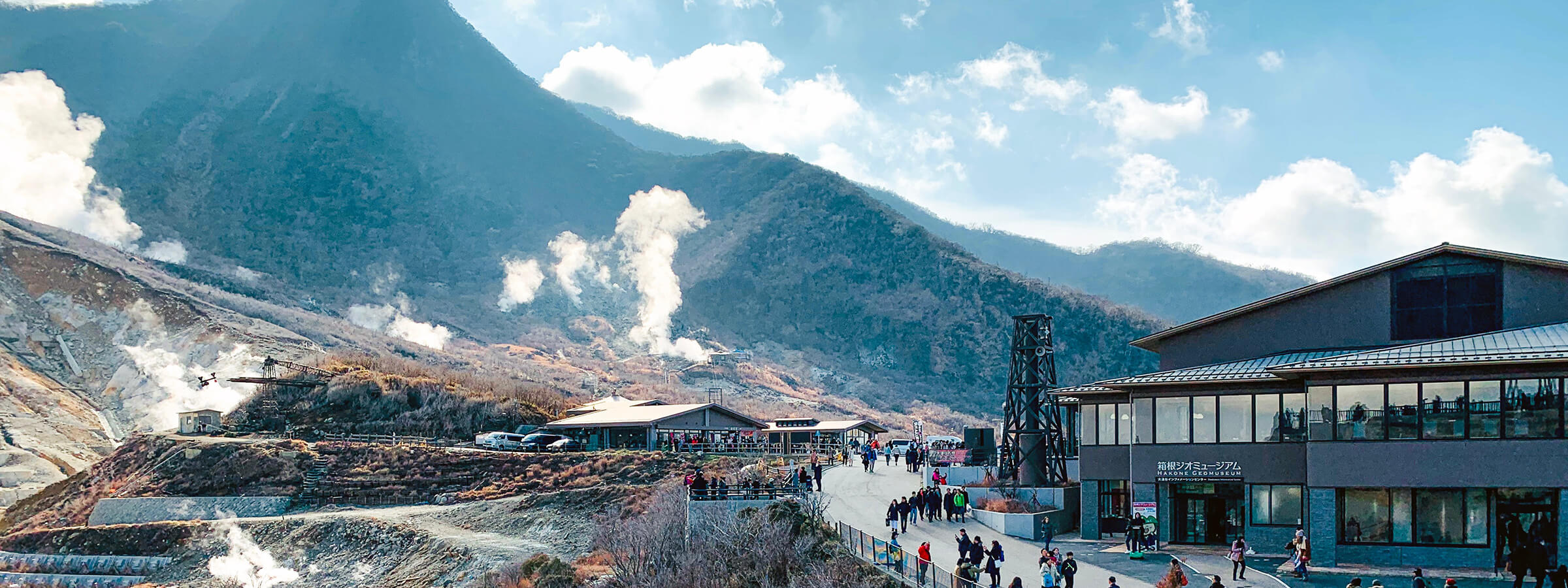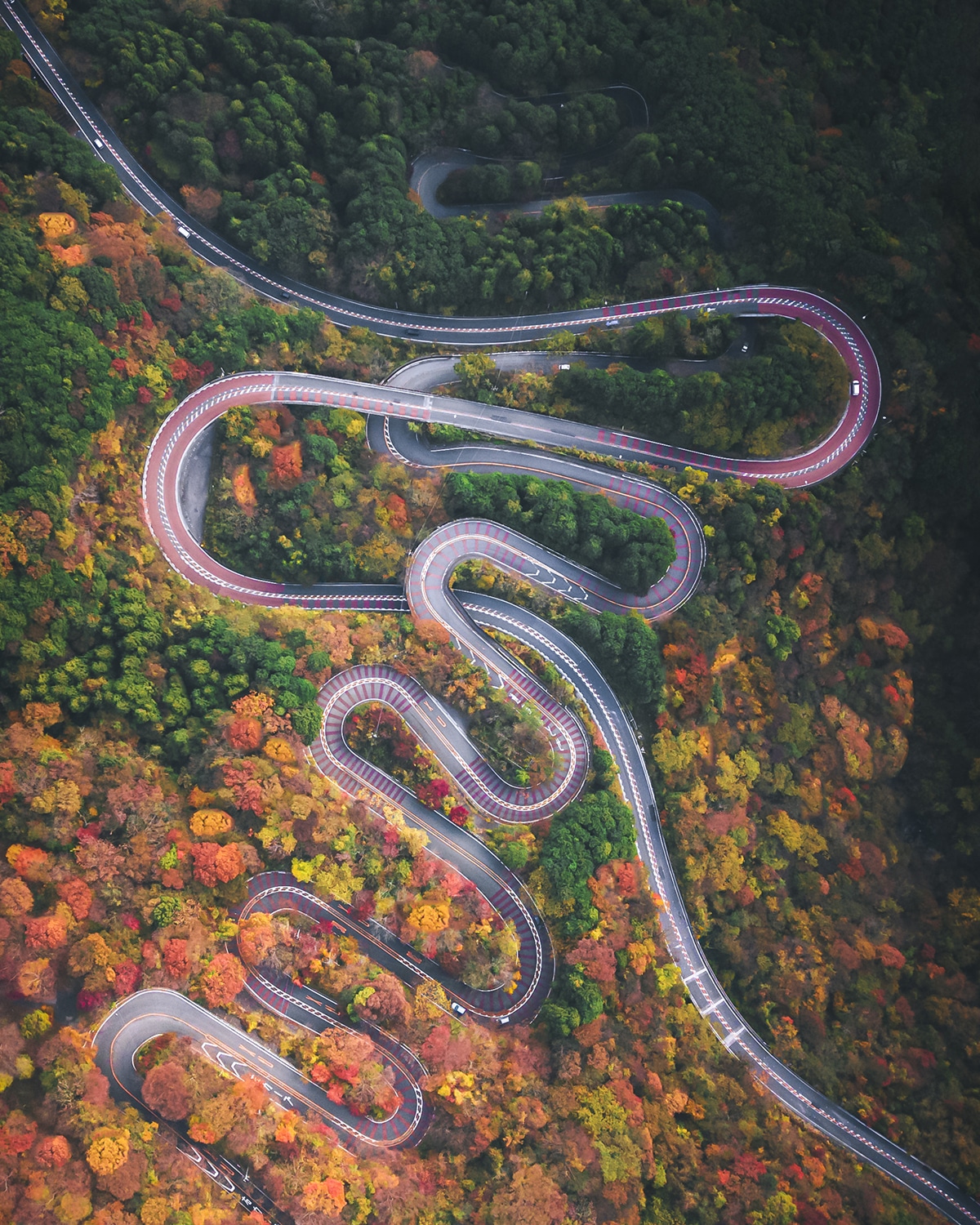If you’re seeking a perfect blend of relaxation, nature, and culture, Hakone and Mount Fuji are the right places to go! Just a short trip from Tokyo, you will have a serene escape from the city to be surrounded by stunning landscapes and rich traditions. Whether you’re admiring the view of Japan’s highest peak or soaking in hot springs, there’s a wide range of things to do in Hakone & Mount Fuji that will leave you feeling refreshed and inspired.
Hakone: A Sanctuary of Peace
To be honest, Hakone is a haven for tourists who are searching for reconnecting with nature. Imagine hot springs, onsens, excellent services and complete privacy – this is an ideal place to relax while enjoying the views of the famous Mount Fuji in the distance. One of the best ways to take in the stunning scenery in Asolute Asia Tours‘ opinion is by cruising on Lake Ashi, so you can sit back and enjoy the view of Mount Fuji in the backdrop.
Mount Fuji: The Iconic Giant
A trip to Hakone wouldn’t be complete without a visit to Mount Fuji, Japan’s majestic and awe-inspiring symbol. Whether you’re enjoying the view from a distance or hiking the surrounding trails, the mountain dominates the landscape, offering different perspectives at every turn. If you’re up for a challenge, why not try hiking one of the trails around the Fuji Five Lakes? It will be the highlight moment of your trip to Japan. This region is a haven for outdoor enthusiasts, with stunning views of the mountain reflecting off the lakes and pretty surrounding nature
Things to Do in Hakone & Mount Fuji
Besides the outdoor adventures, Hakone also brings a vibrant cultural scene to tourists’ experience. You can visit the Hakone Open-Air Museum, whose interesting outdoor setting can combine art and nature at the same time. If you’re a fan of local food, be sure to try Hakone’s specialties, such as hot spring-cooked eggs or fresh fish dishes, all prepared with local ingredients.
To get the most out of your trip, Absolute Asia Tours offers tailored Hakone & Mount Fuji tour packages that include the best of both worlds. So don’t hesitate to give us requests and questions. Don’t miss the chance to discover one of Japan’s most treasured regions!
Speak to one of our local experts
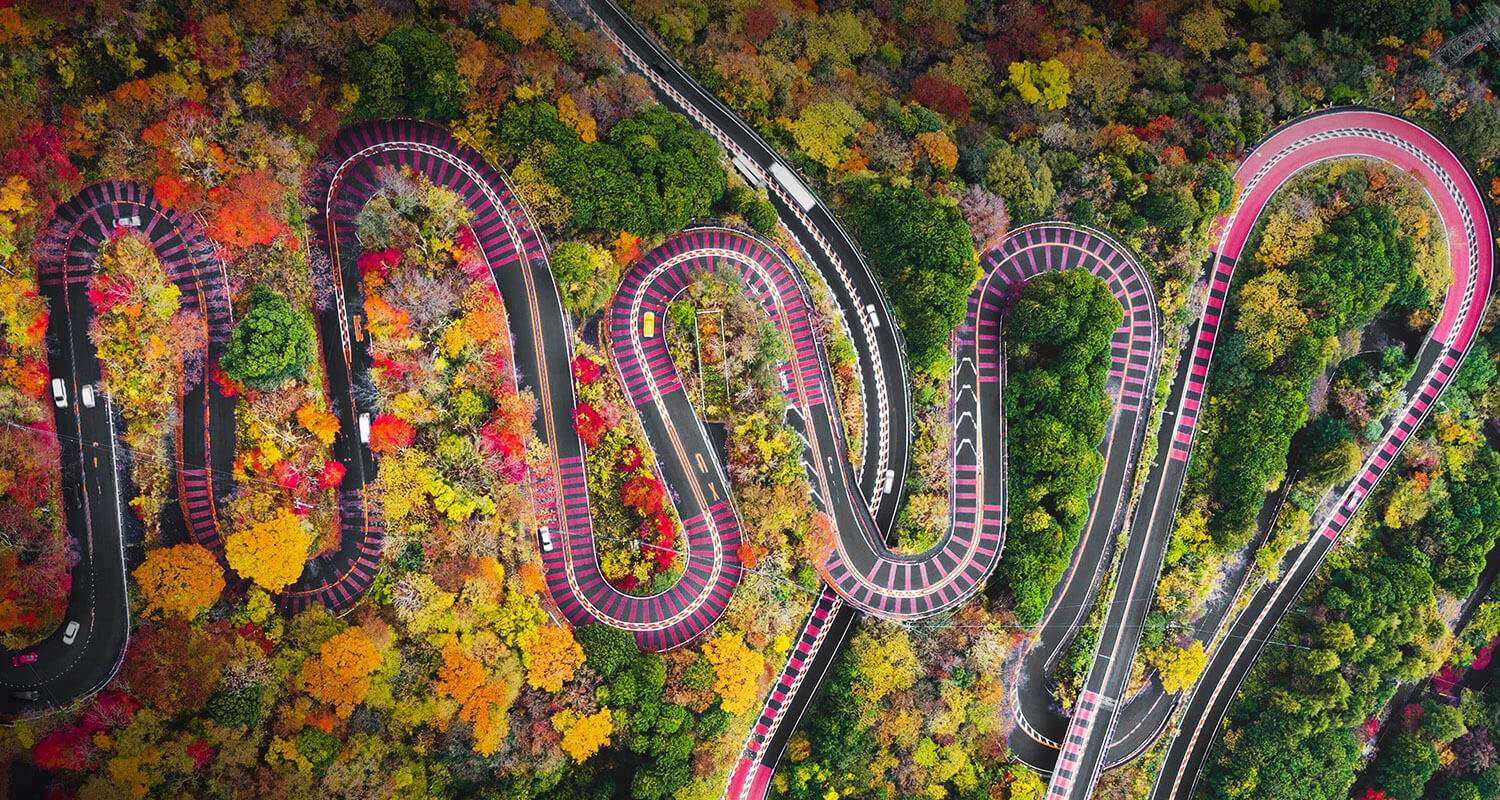
Hakone and Mount Fuji offer the perfect mix of nature, relaxation, and culture, just a short trip from Tokyo. Soak in hot springs, enjoy breathtaking views of Japan’s iconic peak, and immerse yourself in the serene beauty of the area.
Suggestions for Exploring Hakone & Mount Fuji:
Take a scenic cruise on Lake Ashi, relax in the hot springs, or hike to a viewing spot for Mount Fuji. Explore traditional Japanese gardens and museums, and don’t miss the iconic torii gates at Hakone Shrine.


